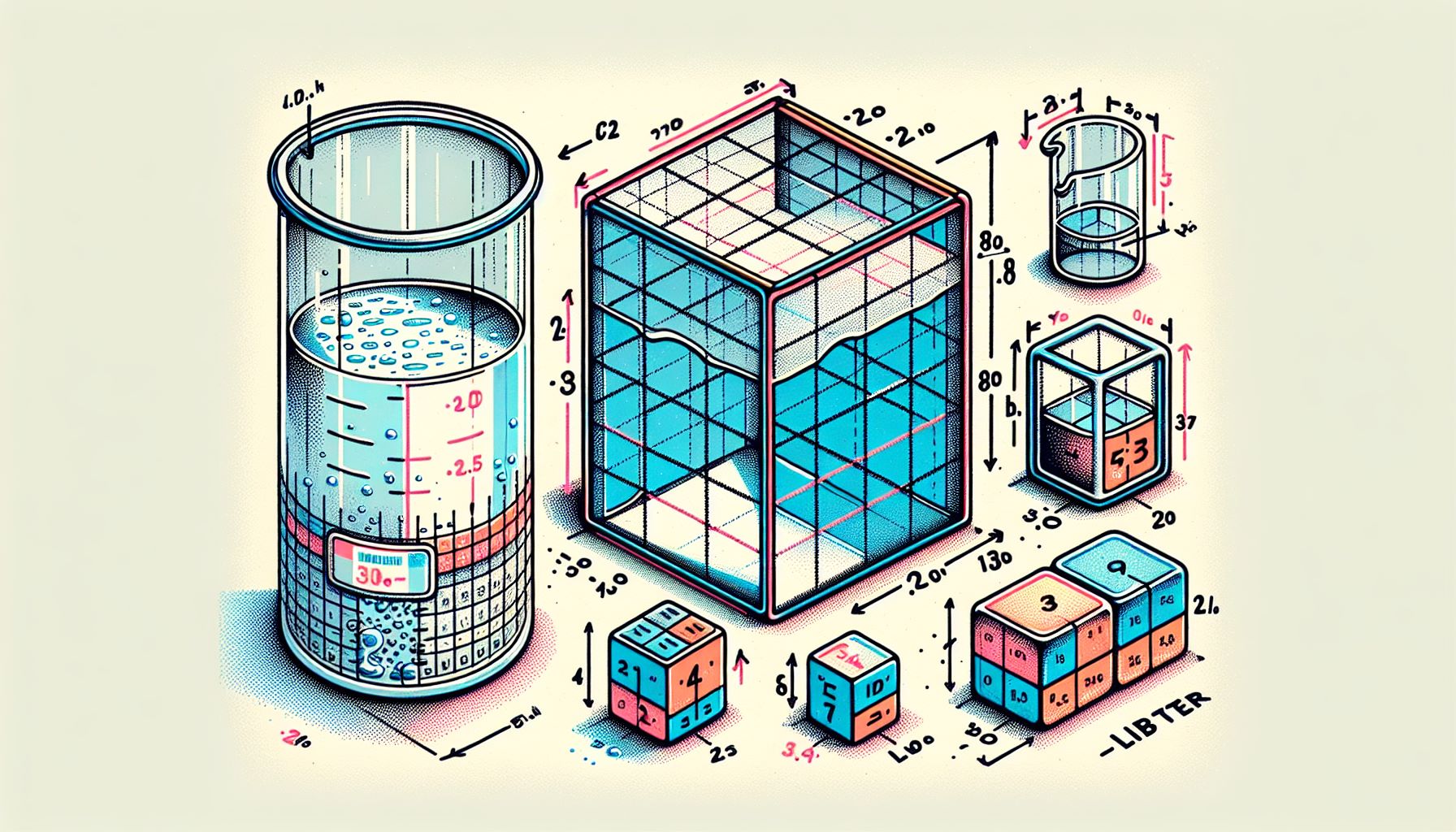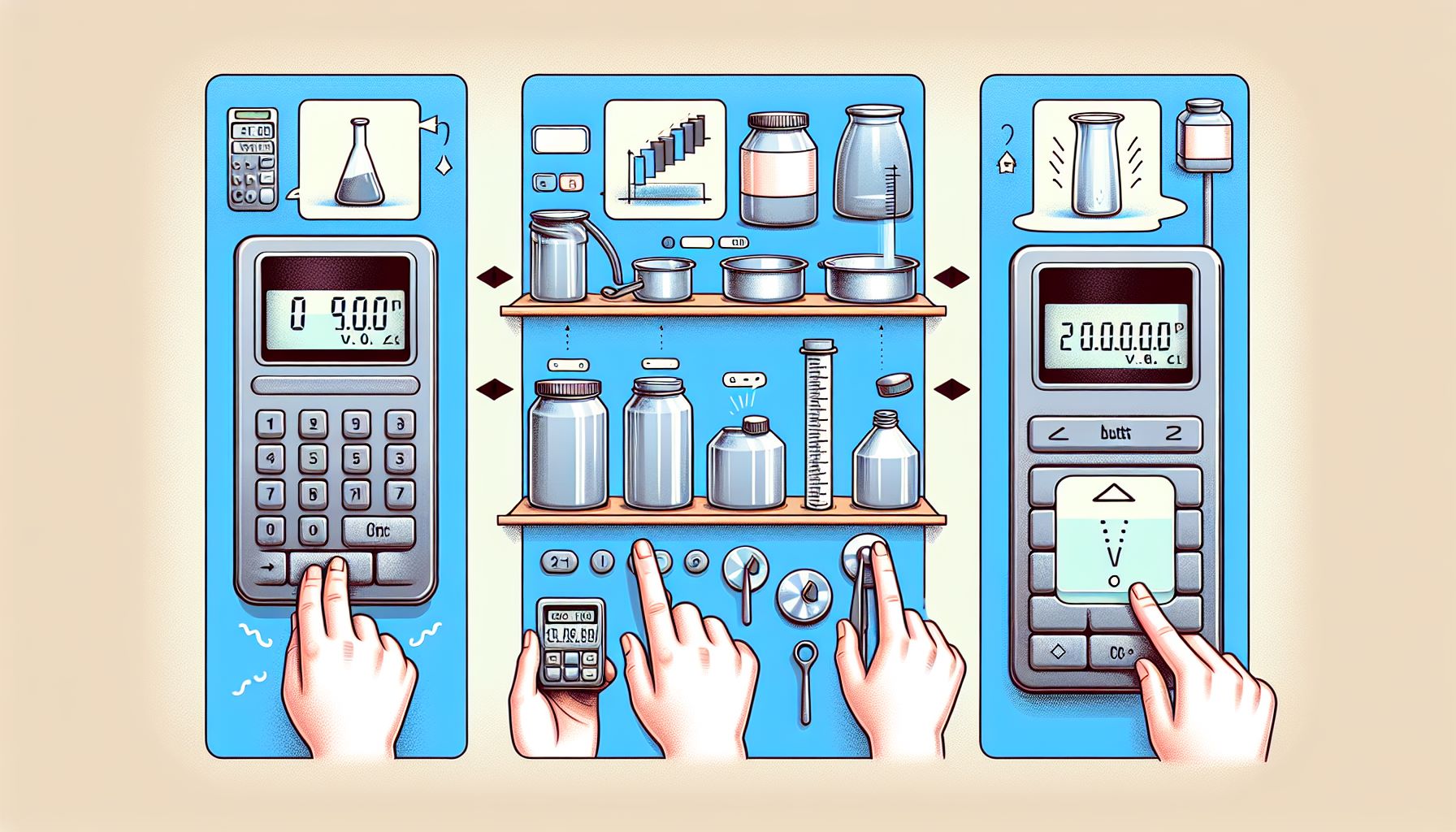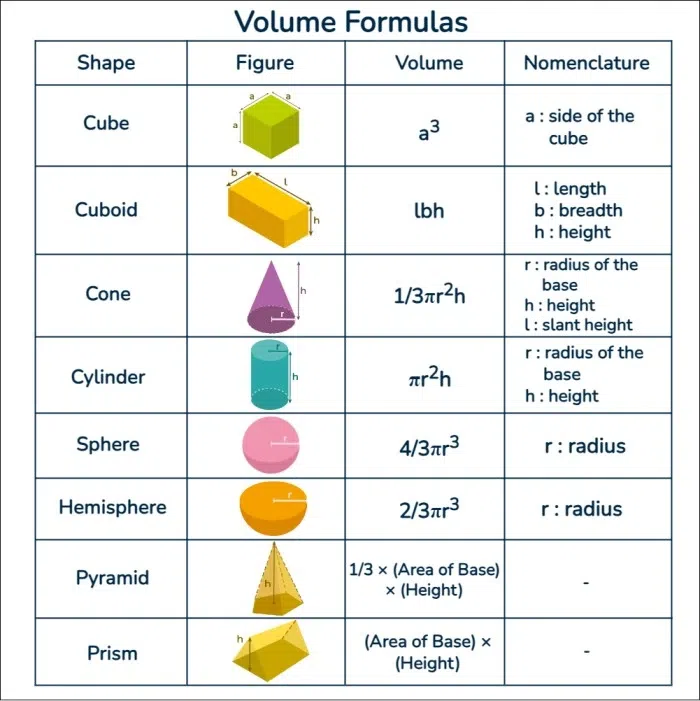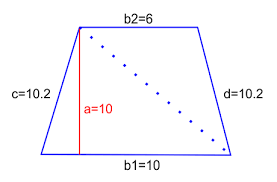Volume Converter
The Volume Converter tool allows you to convert between different units of volume, such as liters, gallons, cubic meters, and more, providing accurate and instant results. This tool is perfect for chefs, engineers, scientists, and anyone who needs to convert volume measurements for various applications. The process is simple and efficient, ensuring precise conversions every time.
Share on Social Media:
Best Volume Converter: Easy & Accurate Volume Conversion
Need to convert volume measurements like liters to gallons? A volume converter is your go-to tool for quick and accurate results. This article will introduce you to the best volume converters, explain key concepts, and show you how to use them effectively in various scenarios.
Key Takeaways
Volume conversion is essential in fields such as cooking, scientific research, and industrial applications, ensuring accuracy and consistency in measurements.
Understanding and using different volume units (like liters, gallons, and cubic meters) and systems (metric vs international) is crucial for effective volume conversion.
Online volume converters and specialized calculators greatly simplify the process of converting between different volume units, offering quick and accurate results for various applications.
Introduction
Imagine you’re an archaeologist, uncovering an ancient container of unknown capacity, or a pharmacist, mixing ingredients with precision—volume conversion is the invisible hero in these scenarios. By converting the measurement of how much space an object, liquid, or gas occupies from one unit to another, we achieve clarity and accuracy in our endeavors.
This blog post will take you through the world of volume conversion, showcasing its practical applications and guiding you through using the best volume converters for easy and accurate results.
Understanding Volume Conversion

Understanding volume conversion is like learning a universal language that breaks down barriers in measurement communication. Whether it’s for cooking, trade, or scientific research, volume conversion allows us to compare the capacities of different containers and accurately determine the size and liquid holding capacities of objects around us.
This knowledge is the foundation upon which we can build precise and reliable measurements that are understood and respected worldwide.
Volume Units Explained
Venturing into the realm of volume units, we find an array of measurements, each with its unique application. The main volume units are:
Liters: used for measuring liquids in the metric system
Milliliters: used for measuring smaller amounts of liquids in the metric system
Cubic meters: used in engineering for larger volumes
These units are commonly used and understanding their conversions can be helpful in various fields.
On the other hand, the imperial system favors gallons and pints, where a single liter can be seen as the bridge between the two systems, equating to approximately 0.264172 gallons. Understanding these units is the first step toward mastering the art of volume conversion.
International System vs Metric System
The International System of Units (SI) and the metric system are two pillars of measurement that provide consistency and accuracy across the globe. The SI system offers a unified standard, which is critical for industries and scientific communities that rely on precise volume measurements.
Knowing the differences and similarities between different systems is crucial for anyone looking to convert volume units with confidence.
Commonly Used Volume Units
When we consider commonly used volume units, the picture becomes richer and more complex. In the US, fluid ounces (fl oz), cups, pints, quarts, and gallons are part of daily life, while internationally, liters and milliliters are more prevalent. Understanding these regional preferences is vital, especially when engaging in activities like cooking, where precise measurements can make or break a dish.
The liter, due to its closeness to the quart, is often the unit of choice for transitioning between systems.
How to Use a Volume Converter

Effortlessly converting volume measurements starts with:
Identifying the units you’re working with in the left column
Inputting the value into a reliable volume converter
Choosing your units
Typing in the number
Letting the converter do the rest
With the right tool, the process is straightforward, especially when you focus on the right column.
This section will guide you through the nuances of using a volume converter efficiently.
Finding the Right Conversion Ratio
The key to a successful conversion lies in the conversion ratio—a factor that transforms the original measurement into the desired unit. This ratio is specific to the volume units in question and can be sourced from conversion tables or online resources.
For instance, to convert liters to gallons, you would multiply the number of liters by the conversion ratio of 0.26417203. It’s a simple multiplication problem, but getting the ratio right is essential for accurate results.
Using Online Volume Converters
The advent of online volume converters has simplified the conversion process immensely. Platforms like PagesTools.com offer user-friendly interfaces where selecting units and entering values yields instant results. Such tools are indispensable for anyone needing quick conversions without the hassle of manual calculations, making them a go-to resource for professionals and casual users alike.
Volume Conversion Calculators
Volume conversion calculators are the unsung heroes for those needing quick and accurate conversions between a plethora of units. Whether it’s for converting barrels to cubic feet or tablespoons to gallons, these calculators are designed to cater to specific needs, ensuring that the right tool is always at your fingertips.
Liquid Volume Calculators
For those immersed in the world of liquids, volume calculators tailored to fluid measurements are a necessity. These specialized tools adeptly handle conversions between fluid ounces, gallons, liters, and milliliters, offering chefs, bartenders, and scientists the precision they require.
Gas Volume Calculators
Gas volume calculators take on the challenge of converting airy measurements like cubic meters, cubic feet, and cubic yards into a more comprehensible unit such as the cubic meter. These calculators are particularly useful in fields such as meteorology, environmental science, and engineering, where gas volumes play a crucial role.
Custom Volume Calculators
When standard conversions don’t cut it, a volume calculator with custom features comes to the rescue. These conversion calculator tools allow users to input unique parameters or formulas, catering to unconventional needs that require a personalized touch.
Practical Applications of Volume Conversion

Volume conversion extends its influence far beyond the confines of a calculator, playing a pivotal role in fields like cooking, scientific research, and industrial applications. It is the cornerstone of accuracy and consistency in processes that impact our daily lives and global economy.
Cooking and Recipes
In the realm of culinary arts, volume conversion is a vital ingredient. It ensures that chefs and home cooks can follow international recipes with precision, adjusting serving sizes and ingredient substitutions without losing the essence of the dish.
Industrial and Commercial Uses
Industries rely on volume conversion to manage inventory, measure liquids during production, and maintain efficient supply chains. Accurate volume measurements are crucial for determining the amount of raw materials needed, ultimately impacting production costs and environmental resources.
Scientific Research
The precision of volume conversion in scientific research cannot be overstated. It is essential for maintaining the integrity of chemical reactions and experiments, ensuring that studies can be accurately compared and replicated across different research efforts.
Advanced Volume Calculation Methods

Beyond the basics, advanced volume calculation methods offer precision and practicality for complex applications. From the shell method in calculus to the washer method for objects with a central cavity, these techniques cater to specialized needs that require a deeper understanding of volume calculation.
Calculating Volume of Regular Shapes
Calculating the volume of regular shapes in three dimensional space is a mathematical exercise that involves applying specific formulas to measured sides. Whether it’s a cube, sphere, cylinder, or prism, the right formula can unlock the volume of these three-dimensional objects with ease.
Displacement Method for Irregular Objects
For irregular shapes, the displacement method is a time-honored technique that uses water to reveal the object’s volume. By measuring the water displaced upon submersion, one can accurately deduce the volume of even the most irregularly shaped objects.
Additional Tools on PagesTools.com
PagesTools.com is a treasure trove of online tools that extend far beyond volume conversion. Some of the tools available on the platform include:
Password management tools
Image tools
Domain tools
Development tools
The platform caters to a wide range of needs, providing users with a one-stop-shop for their online tool requirements and a complete list of available tools.
Unit Converters
The unit converters available on PagesTools.com offer versatility and convenience, covering measurements from:
power
electric voltage
length
weight
temperature
time
speed
volume
pressure
and more
These converters are indispensable for professionals and enthusiasts who need to navigate between different measurement systems with accuracy.
Development Tools
For developers, PagesTools.com provides a suite of tools that streamline the creation and management of digital content. From UUID generators to JSON tools, the platform supports various development tasks, making it an essential resource for those in the tech industry.
Summary
From the simple act of cooking to the complexities of industrial processes and scientific research, volume conversion is an indispensable skill that ensures accuracy and consistency. This blog post has journeyed through the intricate world of volume conversion, highlighting the importance of understanding and utilizing various tools and calculators for accurate measurements. Embrace the power of volume conversion and let it guide you to new levels of precision in your personal and professional endeavors.
Frequently Asked Questions
What is the purpose of a volume converter?
The purpose of a volume converter is to facilitate the conversion of volume measurements from one unit to another, ensuring accurate communication and comparison of capacities across different regions and systems.
How do I find the right conversion ratio for volume units?
You can find the right conversion ratio for volume units in standard conversion tables or reliable online resources. The conversion ratio is the factor used to multiply the original measurement to obtain the equivalent value in another unit.
Can online volume converters handle conversions between all types of units?
Yes, online volume converters can handle a wide range of conversions between different units, such as barrels, cubic feet, gallons, liters, pints, and even tablespoons, offering instant results.
What are some practical applications of volume conversion?
Volume conversion is essential in various fields such as cooking, baking, industrial production, scientific research, and environmental measurements. It ensures accurate and consistent measurements, contributing to success in these areas.
What other tools does PagesTools.com offer besides volume converters?
In addition to volume converters, PagesTools.com offers a wide range of other tools, such as password management tools, image tools, domain tools, development tools, and a comprehensive suite of unit converters for different measurements. These tools cater to various needs and requirements.